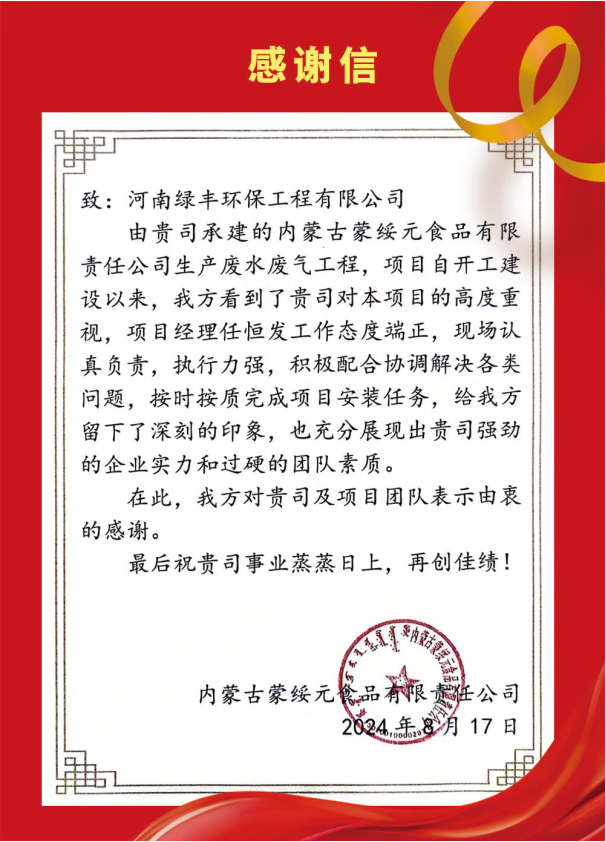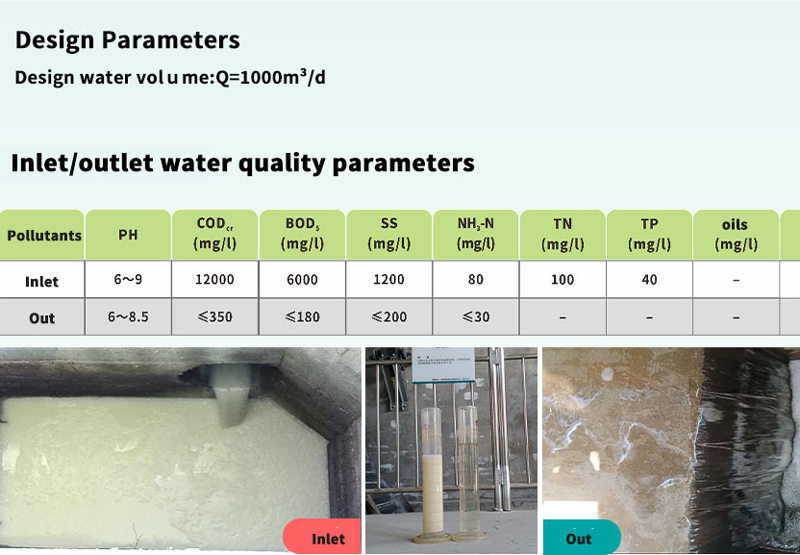Sewage Treatment: Understanding Key Terms
KEY TERMS
As we all know, there are many industry terms involved in the field of sewage treatment. Today, I will share some of them with you, hoping that we can learn and progress together.

Microorganisms
microorganisms are a type of organisms with tiny bodies, simple structures, and their faces can only be seen with the help of a microscope. It includes bacteria, viruses, algae, protozoa and metazoa. It is not a taxonomic concept, but a general term for all microorganisms.
Biochemical treatment
biochemical treatment is also called biochemical treatment, referred to as biochemical method. Biochemical treatment is the most widely used and relatively effective method for treating sewage. It uses various microorganisms existing in nature to decompose organic matter in sewage and transform it into inorganic matter, so as to purify water quality and eliminate its pollution and harm to the environment. Biochemical treatment can be divided into two types: aerobic biochemical treatment and anaerobic biochemical treatment. Hydrolysis acidification, oxidation ditch, and BAF filter in sewage treatment plants all belong to the category of biochemical treatment.
CODCr (unit: mg/L)
chemical oxygen demand (CODCr), refers to the amount of oxidant consumed when a water sample is treated with a strong oxidant under certain conditions, expressed in mg/L of oxygen. Chemical oxygen demand reflects the degree of pollution of water by reducing substances. Reducing substances in water include organic matter, nitrite, ferrous salt, sulfide, etc., and water pollution by organic matter is very common and major, so chemical oxygen demand is also used as one of the indicators of the relative content of organic matter. CODCr reflects the degree of pollution of water by reducing substances.
BOD5 (unit: mg/L)
biochemical oxygen demand (BOD) is a comprehensive indicator of the content of oxygen-demanding pollutants such as organic matter in water. It indicates the total amount of dissolved oxygen consumed in water when organic matter in water is oxidized and decomposed by the biochemical action of microorganisms to make it inorganic or gaseous. Generally, the measured amount for 5 days at 20°C is called BOD5.
MLSS (unit: mg/L)
MLSS is the English abbreviation of the suspended solids concentration of mixed liquor, which is also called the sludge concentration of mixed liquor. It indicates the total weight of activated sludge solids contained in a unit volume of mixed liquor in the aeration tank (mg/L).
MLVSS (unit: mg/L)
mixed liquor volatile suspended solids mass concentration (MLVSS): also known as the concentration of organic solid matter, refers to the mass of organic matter in the suspended solids contained in the IL mixed liquor (usually measured by the loss on ignition at 600°C), so some people think that it can more accurately represent the number of activated sludge microorganisms than MLSS. However, MLVSS also includes inactive and non-degradable organic matter, and is not the most ideal standard for measuring activated sludge microorganisms. Under normal circumstances, the ratio of MLVSS to MLSS is relatively fixed, such as domestic wastewater, which is usually around 0.75.
Suspended solids SS (unit: mg/L)
suspended solids are also called non-filterable substances, which represent the mass of substances after filtration interception and 103°C evaporation. The mass of suspended solids volatilized after burning at a high temperature of 600°C is volatile suspended solids (VSS), which can roughly represent the content of organic matter in suspended solids.
SV30 (%)
sludge settling ratio refers to the volume ratio of the precipitated sludge to the original mixed liquor after the mixed liquor in the aeration tank is allowed to stand in a measuring cylinder for 30 minutes. SV30 (%) = 30min sludge settling volume × 100% / mixed liquor volume SV30 is an indicator to measure the sludge settling performance and concentration performance. For a certain concentration of sludge, the smaller the SV30, the better its settling performance and concentration performance.
SVI (unit: ml/g)
sludge volume index refers to the sludge volume formed by 1 gram of dry sludge after the mixed liquor in the aeration tank is settled for 30 minutes. SVI = (volume of activated sludge formed by 1L mixed liquor settling for 30 minutes (ml)) / (dry weight of suspended solids in 1L mixed liquor) = SV30/MLSS. SVI reflects the looseness of the sludge. Generally speaking, the larger the SVI value, the worse the sedimentation performance; conversely, the smaller the SVI value, the better the sedimentation performance, but the worse the sludge adsorption performance. The SVI value is an important parameter for judging the sludge sedimentation and concentration performance. It is generally believed that when the SVI value is 100-150, the sludge sedimentation performance is good; when the SVI value is greater than 200, the sludge sedimentation performance is poor; when the SVI value is too low, the sludge flocs are small and tight, contain more inorganic matter, and the sludge performance is poor.
Dissolved oxygen DO (unit: mg/L)
indicates the amount of molecular oxygen dissolved in water. If DO is too low, it will inhibit the activity of microorganisms and lead to low BOD5 removal rate. On the contrary, too high DO will affect the sludge sedimentation performance. A sudden increase in DO in the aeration tank indicates a serious poisoning symptom; a sudden decrease in DO indicates that organic load has entered the aeration tank, increasing the oxygen demand of microorganisms.
Oxidation-reduction potential ORP (unit: mv)
the oxidation-reduction potential (ORP) is used to reflect the macroscopic redox properties of all substances in the aqueous solution. The higher the redox potential, the stronger the oxidizing property, and the lower the potential, the weaker the oxidizing property. A positive potential indicates that the solution shows a certain oxidizing property, and a negative potential indicates that the solution shows a reducing property. The anaerobic unit of the sewage treatment plant should be -400~500mv; the anoxic unit should be around 0mv; and the aerobic unit should be above +400mv.
Sludge age SRT
Sludge age refers to the average residence time in the entire system, and also refers to the residence time of microorganisms in the activated sludge system. The nitrifying bacteria sludge age should be around 5~8 days, and the denitrifying bacteria sludge age should be around 15 days.
Hydraulic retention time HRT
hydraulic retention time refers to the average residence time of the sewage to be treated in the reactor, that is, the average reaction time of the sewage and the microorganisms in the bioreactor. If the effective volume of the reactor is V (cubic meters), then: HRT = V / Q (h), that is, the hydraulic retention time is equal to the ratio of the effective volume of the reactor to the influent flow rate.
Total alkalinity
total alkalinity refers to the ability of water to absorb protons. It is usually calibrated by the total amount of substances in water that can react quantitatively with strong acids. The formation of alkalinity in water is mainly due to the presence of bicarbonate, carbonate and hydroxide. Borates, phosphates and silicates also produce some alkalinity. The alkalinity of the sewage treatment plant affects the nitrification of the biochemical system.
Total salt content
natural water generally contains soluble substances and suspended substances (including suspended matter, particulate matter, aquatic organisms, etc.). The main ions in soluble substances: potassium ions (K+), sodium ions (Na+), calcium ions (Ca 2+), magnesium ions (Mg 2+), bicarbonate ions (HCO3 -), carbonate ions (CO3 2-), chloride ions (Cl-) and sulfate ions (SO4 2-) are the eight common ions in natural water, accounting for 95%~99% of the total ions in natural water. The classification of these main ions in natural water is often used as an indicator to characterize the main chemical characteristics of water bodies. The total amount of ions in natural water is called total salt content 16 Organic nitrogen Total nitrogen = organic nitrogen + ammonia nitrogen + nitrate nitrogen + nitrite nitrogen. Organic nitrogen refers to the general term for nitrogen-containing substances combined with carbon in plants, soil and fertilizers: such as protein, amino acids, amides, urea, etc. Inorganic nitrogen refers to the general term for nitrogen-containing substances in plants, soil and fertilizers that are not combined with carbon: mainly ammonium nitrogen, nitrate nitrogen and nitrite nitrogen.











